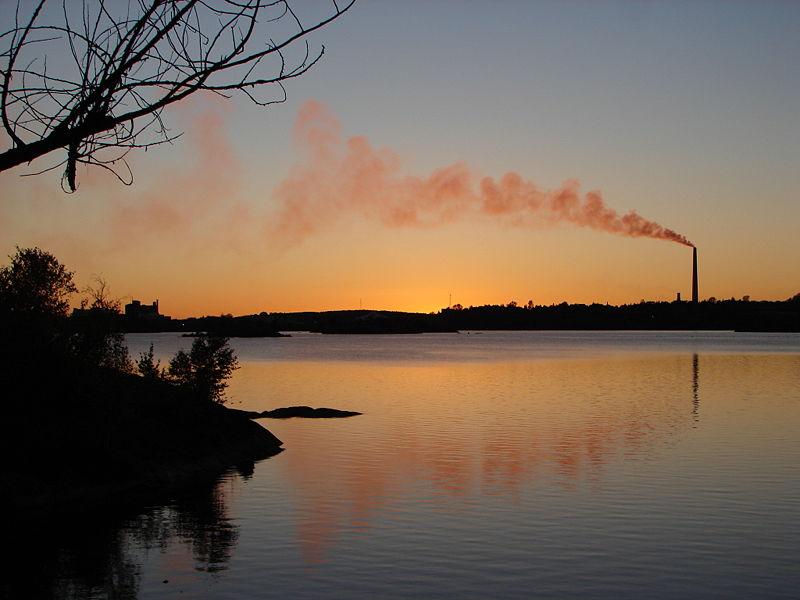
Submitted by Administrator on Mon, 19/11/2018 - 14:11
Gases erupted by volcanoes contain various volatile metal products. New research by Marie Edmonds and Emma Liu in Cambridge and Tamsin Mather in Oxford has discovered that different kinds of volcanoes have distinctive metal ‘signatures’, which reflect differences in how their magma forms.
The research focused on two types of volcano - hotspot volcanoes, such as Hawaii, generated by superheated plumes rising from deep in Earth’s mantle and arc volcanoes, such as Stromboli and Etna, which occur along the edges of subducting tectonic plates. The researchers suggest that past changes in global emissions of volcanically derived metals may have influenced the development of Earth’s surface environment and the evolution of life.
Since Earth first formed, volcanoes have been blasting huge quantities of metals into the atmosphere. Whilst a little bit of the right kind of metal might be good for you and some metals are essential nutrients for life, many others are highly toxic and yet others are essential catalysts in Earth’s natural chemical processes. Now Earth Scientists from the universities of Cambridge and Oxford have shown that distinct metal ‘signatures’ can be detected in the volcanic gases of certain types of basaltic volcanoes.
The researchers compiled existing data on metal emissions from six basaltic volcanoes, which typically erupt along mid-ocean ridges. Their basaltic magma has a more direct mantle source and is more ‘primitive’ with a less ‘evolved’ chemistry than the magma of other types of volcano. And, these basaltic volcanoes are also thought to be more typical of the volcanoes, which erupted early in Earth’s history.
Studying the metal emission data the researchers noticed a distinct pattern. Emissions from basaltic arc volcanoes were particularly rich in tungsten, arsenic, thallium, antimony and lead compared with hotspot volcanoes, which outgassed more cadmium, selenium and tellurium. The researchers propose that these different metal signatures or ‘fingerprints’ can be explained by the amount of water and oxygen the magma holds. Magma can only retain a certain amount of water and, as it ascends and pressure decreases, it can hold less and less. The more water the magma holds, the deeper down will its water bubble out of solution.
More water is present in the magmas of arc volcanoes than in hotspot volcanoes. Arc volcanoes, such as Etna and Stromboli are generated by subduction during which hydrous minerals sink from the crust into the mantle. The abundant water they contain causes the magma to release its gases whilst still deep in the mantle. As the metal-rich gases rise their metals either end up as ore deposits or are released into the atmosphere in prodigious quantities. These metal emissions rival the atmospheric pollution produced by major industrial smelters since the height of the industrial revolution.
By comparison, hotspot basaltic volcanoes contain less water but greater amounts of sulphides. Their magma releases its gases closer to the surface and emit smaller amounts of metals, including those which typically bind with sulphide to produce minerals such as chalcopyrite, pyrrhotite and pyrite.
It was hotspot volcanoes that dominated Earth’s early history. Arc volcanoes only began to erupt with the first formation of crustal rocks and the tectonic process of subduction around 2 billion years ago. The resulting change in emissions is likely to have altered the metal composition of Earth’s atmosphere, oceans and surface sediments. As lead author Dr Marie Edmonds points out, "some metals are really vital for biological systems. For instance, copper and zinc are used in enzymes within oceanic microbes and even in people".
Douglas Palmer, Sedgwick Museum
A distinct metal fingerprint in arc volcanic emissions, Edmonds, M., Mather, T.A. and Liu, E.J. (2018) is published in Nature Geoscience.
Find out more about this research at the Deep Carbon Observatory.
